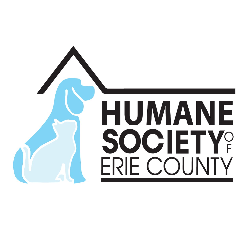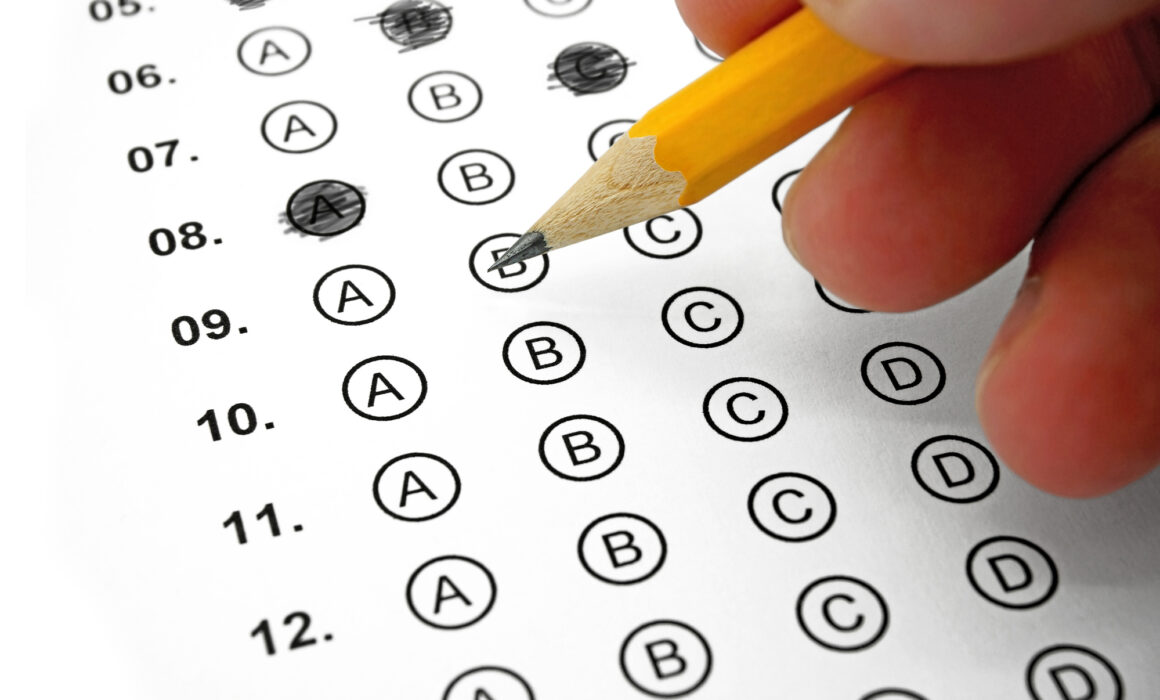Today nearly everyone, including children, owns a phone which means we all engage with social media. Platforms like Instagram, TikTok, Snapchat, and Facebook consume hours of our time as we read, watch, chat, and share daily gossip. But is social media truly beneficial? What negative effects could it have?
There is no doubt that social media is essential for keeping us informed about the latest rumors and news. It provides valuable information, creative ideas, entertainment, job opportunities, and much more. Businesses utilize social media to promote their products and express their need for employees. Additionally, people from around the world can connect and engage with others who share common interests and likes. However, those are just the pros of social media, what are the cons?
Every person we encounter, whether online or in person, may not always treat us with kindness or respect. Cyberbullying is unfortunately prevalent on all social media platforms. Issues such as body shaming, racism, sexism, and homophobia are common and can lead to depression for the millions of individuals who experience them. Additionally, the entertaining aspects of social media can lead to addiction and dependency on our phones and other devices, which in turn can result in sleep deprivation. For some, viewing influencers who portray “perfect bodies” or “ideal lives and friendships” can contribute to feelings of depression, anxiety, and isolation, negatively impacting mental, emotional, and physical health.
More cons would include the possibility of getting hacked or having privacy invaded. Cyberstalking is as common, if not more so than cyberbullying. According to “The Latest Cyberstalking Statistics for 2024” (from safehome.org), as many as 7.5 million people experience cyberstalking, 80% of which are tracked on technology while another 67% are stalked in person from social media. Nearly 1 in 10 Americans have had a personal GPS hacked and/or tracked. An estimated 41% of undergraduate students have experienced cyberstalking. Less than a third, 29% of victims of stalking of any kind are reported to authorities.
Women are more likely to be harassed online and in person than men are. 1 in 3 women, and 1 in 6 men experience cyberstalking, in-person stalking, or both at some point in their lives. People most likely to experience cyberstalking, or general stalking, are usually women, people of LGBTQ+, people with disabilities, young adults, teens, and immigrants. They make popular targets for these stalkers because they’re the least likely to report the stalking. Examples would be when a stalker exposes a closeted LGBTQ+ person and the victim remains silent to avoid further exposure or hate from others, or a multiracial person may be hesitant to speak to the police because of bad past experiences. Immigrants may have language barriers or fear of prejudice and don’t want to speak up because of that.
Understanding both the positive and negative aspects of social media is important for our safety in the future. I wrote this article to highlight the dangers and provide statistics, so we can take the first step in protecting ourselves and those we care about. While social media undoubtedly brings many benefits to our lives, recognizing the potential downsides is essential for taking necessary precautions.




















